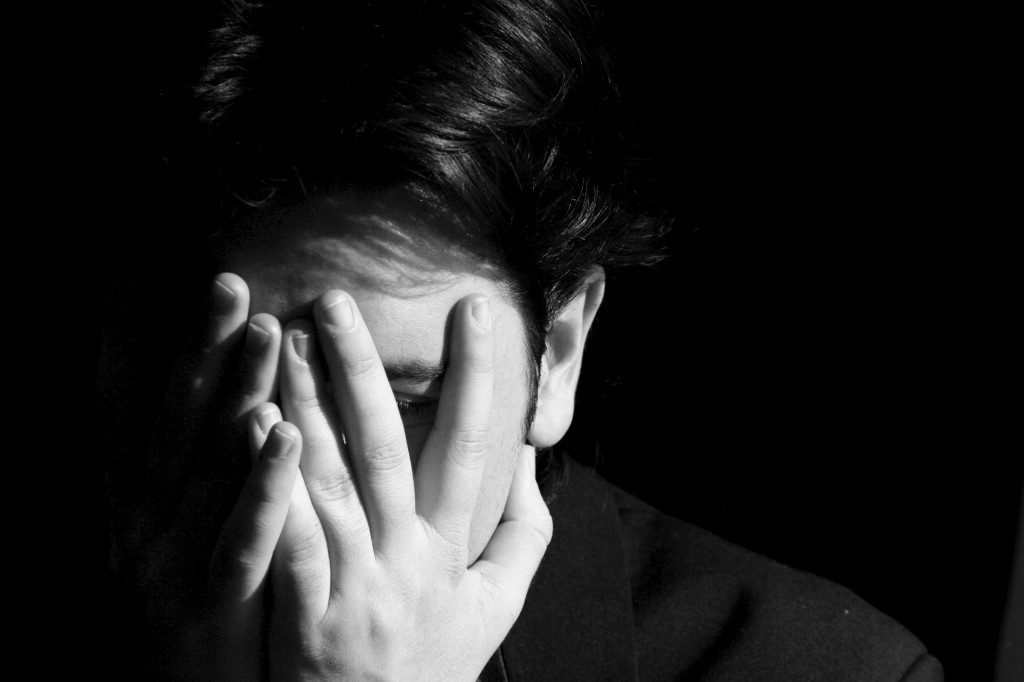Footprints of Shame: Shame Behavior
As indicated in the previous post, it is at first difficult to directly discern shame due to its shadowy qualities. And so one must learn to stalk shame and to recognize the footprints of shame in order to be able to capture shame with our attention. Perhaps the easiest way to commence is to identify the most obvious footprints of shame: shame behaviors.
For one who carries core shame identity, virtually all aspects of behavior can be impacted: posture, dress, speech, social interactions and so on. The following is a brief overview of some of the most common and obvious impacts of shame upon overt behavior.
Shame Posture and Behavior:
Often, humans and other organisms display certain postural manifestations of shame: Lowering of the head, gaze aversion, covering of the face, slumped shoulders and a general contraction of the body are all often observed. These are postures of submission and appeasement often associated with being at the low end of a social dominance hierarchy. Those with shame in a sense are trying to hide or disappear and not be seen.
Those with shame may be at higher risk for substance abuse, difficulty regulating food intake, becoming workaholic, shopaholic, exercise-acholic, excessive use of social media and so on, in the never ending attempt to escape painful feelings they carry on the inside and to cover the deep hole that resides within.
Shame Speech and Social Interaction:
Those with shame identity are often likely to second-guess their own ideas, feelings, beliefs, and convictions. They are likely to not voice opinions or desires or otherwise risk disagreeing or in anyway standing out from the milieu. They are likely to denigrate themselves engage in excessive self-blame when things don’t go well. This is the inner critic at work. They often have difficulty accepting compliments and dismiss positive feedback. Since they feel so badly about themselves, it is hard to accept that someone might perceive them in a better light than they see themselves.
Shame often compels one to seek the shadows and avoid interpersonal attention and scrutiny. Thus one is likely to avoid social settings/situations. And when in such situations, one is likely to be “self-conscious” and feel awkward. Thus they are likely to not voice opinions or desires or otherwise risk disagreeing or in anyway standing out from the milieu. they tend to be “good guy/gal people pleasers” and will go to great lengths to do for others even to their own personal detriment. They may difficult time setting personal boundaries and may be susceptible to being taken advantage of by others.
They often have difficulty accepting compliments and dismiss positive feedback. Since they feel so badly about themselves, it is hard to accept that someone might perceive them in a better light than they see themselves.
Shame Dress:
There is no one way that someone with shame may dress. My guess is that future research may identify various subtypes of the shame experience which may impact such things as dress and personal presentation. For example, many with shame may cover-up for risk of being seen. As an example I had one fellow attend sessions in the heat of summer wearing a long frock coat, hat, and even pilot goggles. And of course in true “emo” spirit, they were all black. However, at another extreme, others may wear very provocative outfits since they may self-identify as being of value only to the extent that they seen for their physical/sexual traits. Some with shame may have extensive tattoo work, while others might shun that for fear of being seen. So perhaps the issue is not so much how one adorns themselves but rather the underlying motivation.
The overt manifestations of shame are almost infinite and thus impossible to describe in its entirety. The hope is that by learning to recognize and bear witness to some of these manifestations, we can become more likely to train our attention into the experience of shame, and thus by bringing it out of the shadows, allowing it to me more fully and consciously embraced.






